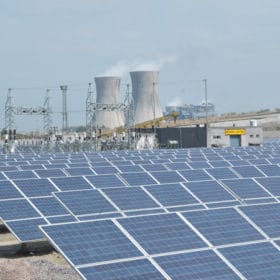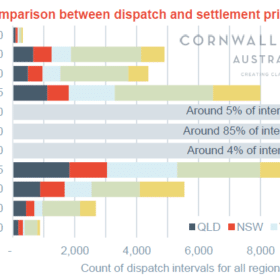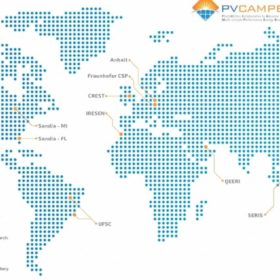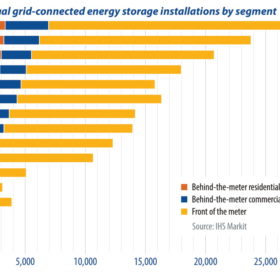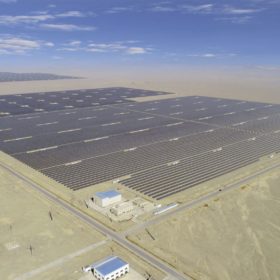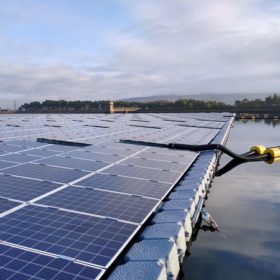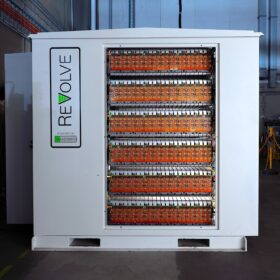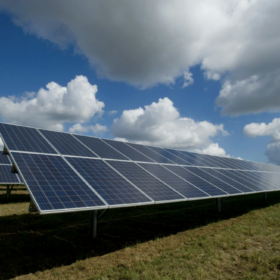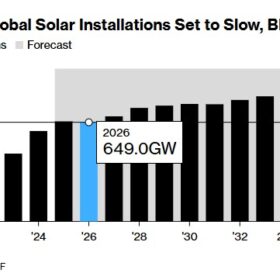India’s state utility tenders 1 GW of solar capacity, private company tenders for module partners
Developers have until May 27 to submit bids for state-run power producer NTPC’s projects anywhere in India. In a separate development, company BHEL has issued a global tender seeking module supply partners for an aggregate 750 MW of panels.
5MS is coming but it still remains a known unknown
The shift from 30-minute settlement to 5-minute settlement (5MS) is fast approaching – 162 days away but who’s counting.
Hydrogen overview: recent movements across the globe and at home
Hydrogen is heating up – not only here in Australia, but globally. This week has seen a flurry of news from the U.K. to South Africa, New Dehli to Switzerland. Pv magazine’s roundup of the latest hydrogen news and movements.
Global database for PV system performance
The database brings together photovoltaic performance data and meteorological values from PV systems located in all climate zones. It is being built by an international consortium including the Fraunhofer Centre for Silicon Photovoltaics CSP, and the Anhalt University of Applied Sciences.
Indian firm acquires American hydrogen cylinder maker in bid to further market domination
New Delhi-headquartered Uttam Group of Companies has purchased California-based Catalina Composites as it positions itself for a surge in demand for clean energy solutions, including hydrogen. The company will invest at least $20 million in staff, equipment, and research and development of high-pressure cylinder production for hydrogen and compressed natural gas.
Sunday read: Strong growth ahead for storage
Annual battery storage installations will exceed 10 GW/28 GWh in 2021, following a particularly strong year in 2020, despite the challenges created by the global pandemic, writes IHS Markit analyst Mike Longson. Combined solar and storage will be a core focus for new deployment in 2021, as the front-of-the-meter and behind-the-meter energy storage markets are both expected to grow significantly in the months ahead.
Saturday read: China’s push for decarbonisation
The carbon market is finally a reality in China. After 10 years of delays, regional pilot schemes and general uncertainty, China’s national carbon market became a reality on Feb. 1, 2021. Over time, the scheme is expected to support China’s gradual shift away from coal toward more solar and wind in power generation.
Facebook achieves net-zero emissions, looks to global value chain to follow suit
The social media giant met its 2018 goal at the end of 2020 and now aims to achieve net zero emissions for its entire value chain by 2030.
Floating solar farms could cool down lakes threatened by climate change
Solar power is now the cheapest source of electricity in history, according to a 2020 report by the International Energy Agency. But there’s something holding this clean energy powerhouse back: space.
PV module price index: New dimensions, new problems
The speed at which manufacturers are introducing changes from one product generation to the next is accelerating – currently, formats are scarcely available for more than a few months before another revised product is launched. But occasionally new module dimensions also bring new problems, be it in handling, plant design, or logistics. Ever-shorter product cycles and hastily launched record-breaking modules with capacities of 500 W, 600 W, or even 700 W are not always welcomed with open arms – especially by those who have to work with them, writes Martin Schachinger of pvXchange.com.
